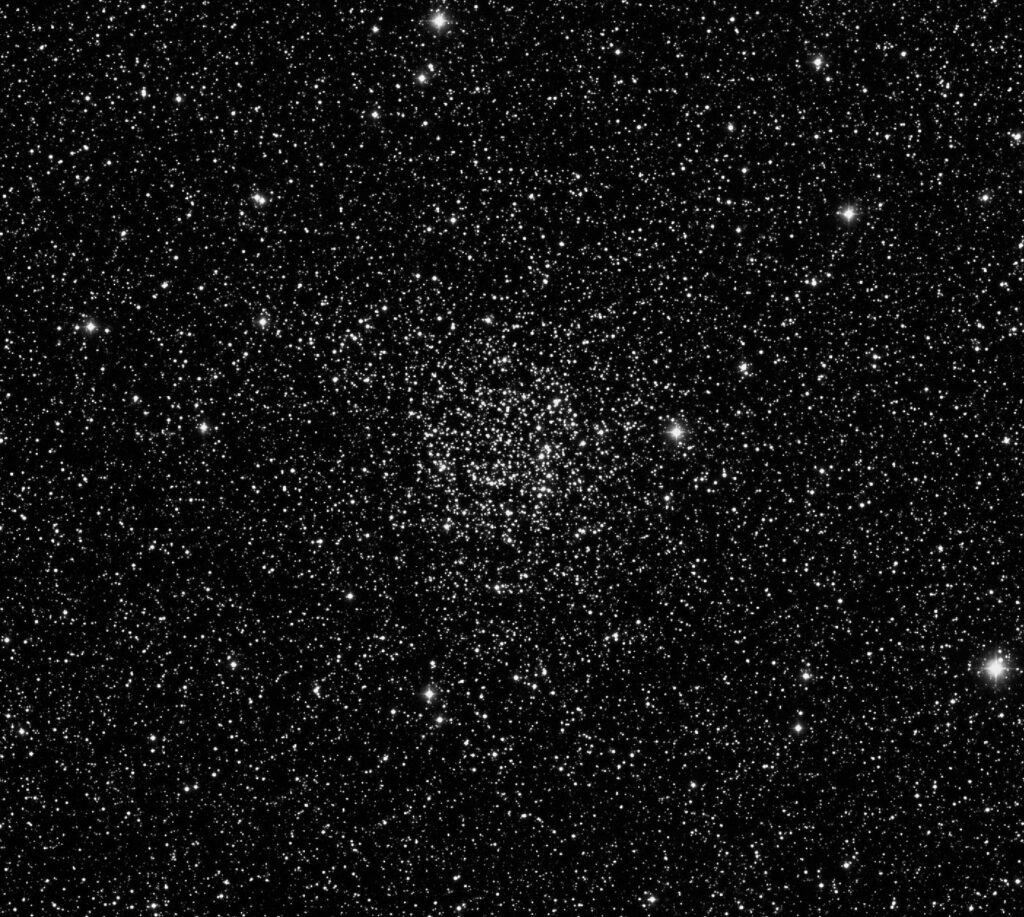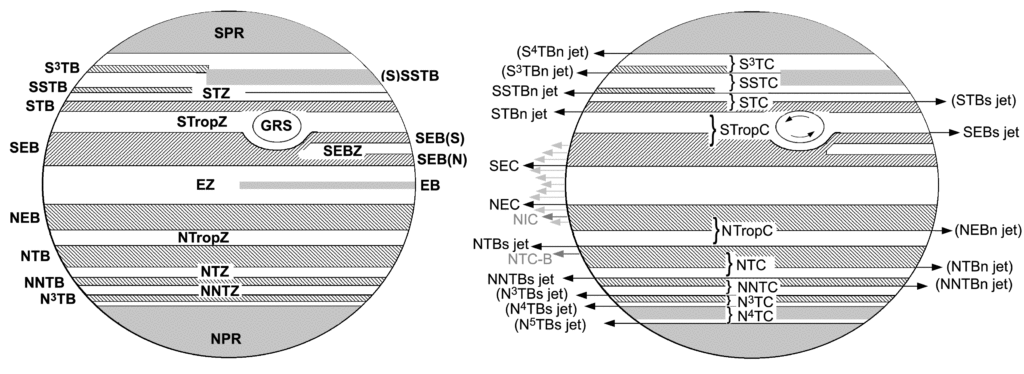NGC7789 Caroline’s Rose

As October was a complete visual washout, it felt odd being outside under a completely dark and clear sky in almost 2 months. It’s at times like this that I wish I lived on the East coast of the UK, where they seem to moan about only getting 5 or 6 clear nights during the month of October – “you’ve never had it so good guys”
It all started to go wrong as soon as I instructed the scope to do its first slew to the thin crescent Moon. The mount sent the scope pointing to Australia and I had to stop it before the scope hit the end stops. Another slew to the CWD position worked, so I can only assume the mount wanted to go the wrong way around via the pier!
With a quick look at the Moon, my first observation was NGC7789 in Cassiopeia. Better known as Caroline’s Rose, this large open cluster was discovered by Caroline Herschel in the Autumn of 1783. Steve O’Meara’s book ‘Hidden Treasures’ describes the cluster as looking like
‘a pirate, eager to eye is bounty, had poured a fistful of diamond dust into his blackened hands and squeezed them hard with greed’ .
What an imagination, but for the brief 10 minutes I was able to make my observation all I saw were the concentric half rings, that interlock the same way rose petals do. Just like it says on the tin. The brightest of those rings were concentrated to the South running in an arc to the West and then North.
Life’s too short to count the number of 11-12 mag stars that make up most of the cluster, but about 100 would be a good guestimate. The 18mm SWA provided the best detail, but in the 40mm, you got a real sense of it’s size in the context of it’s surroundings.
The brightest star in the field of view was the orange 8.4 mag star SAO 35903 to the East of my 33arc min FOV.
With a forecast of rain within the hour, I turned my attention towards Jupiter and I’m so glad we did. At club night the Friday before, we were discussing why most of us had not observed the Great Red Spot visually. More to do with the right observing conditions coinciding with the time at which it was visible was the most likely cause. At the time of my observation the GRB had transited, but what a sight the planet was. Three of the bands were clearly visible – the North Equatorial and Both S Equatorial and with brief glimpses through the turbulence in the 10mm, the North temperate was seen as well.

Before I had time to study things more carefully, the cloud rolled in and the rain descended. That was the end of it – well that’s what I thought. But an awakening at 5am the next morning, I noticed the skies were clear. With dawn due in an hour, I did something I’m not known for – I got up and opened up the observatory to continue the observation. Everything was as I left it. Four belts and a rusty orange colour on the two widest bands. I’m not really convinced I saw colour on the other two, but what I did see were complex swirls in the N.E and Northern S.E belts between the seeing. I’ve never seen such detail before and all this was without any colour filtration enhancement. Again, before I could view more, the Sun started to rise and the Planet started to sink towards the horizon and the murk.
Before I closed up, we turned the scope to Venus just to check the mounts pointing accuracy – which was way out, so that’s another item that needs seeing to.
All in all, an unexpected observing session with the best views of Jupiter to date.